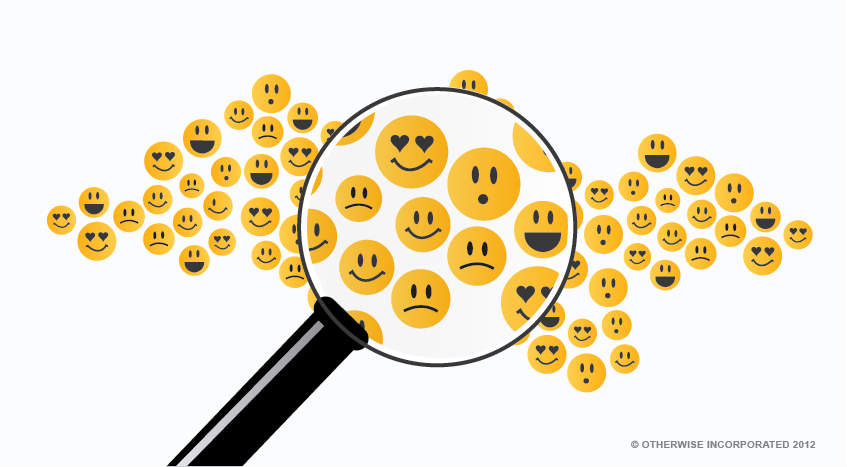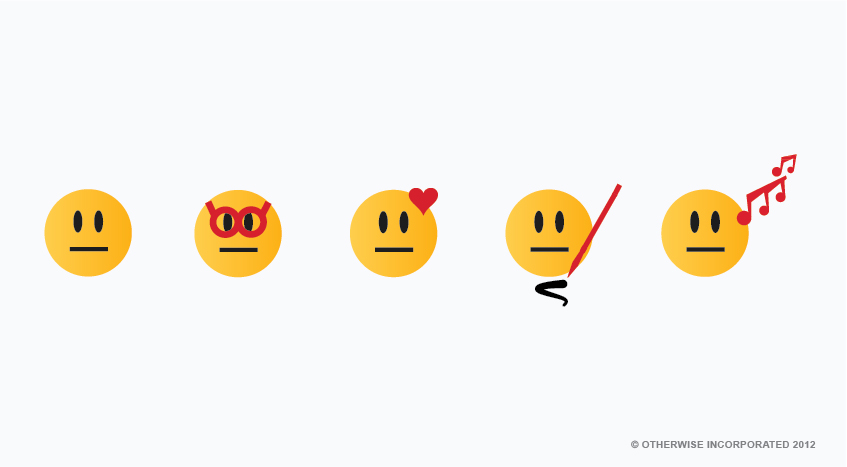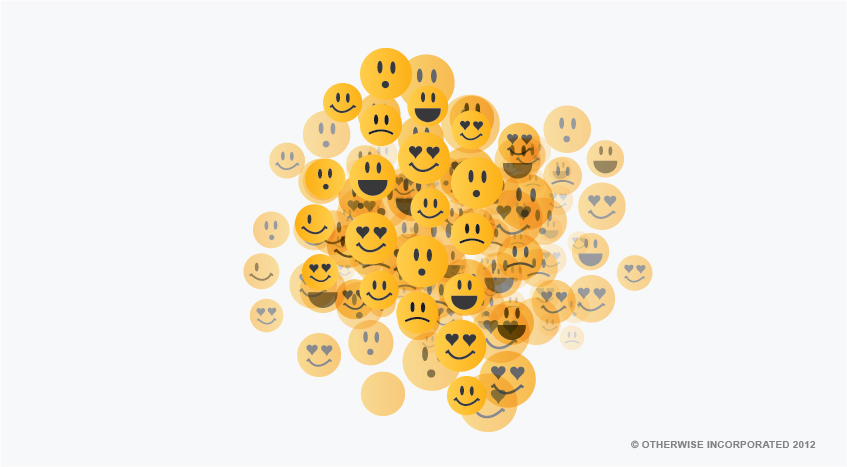3 Tips for Measuring Social ROE: Understanding Your Audience

Brands that engage in social media frequently ask us: How is my social media program performing? Can our investment in social media be measured? How can I tell if social media is effective?
The success of any social media program is grounded in engagement within your brand’s online community, which involves a two-way interaction between brand and fans/followers. And fan/follower engagement with your brand serves as a sort of “word-of-monitor,” since a user’s activity with YOU can be viewed by others within that user’s social network. Given the emphasis on engagement, we refer to the measurement of social media performance as social ROE (return on engagement), defined as the fan/follower interaction with a brand as a result of the brand’s engagement on its social media channels. Essentially, the “return” or “conversion” is the engagement – the social action – your audience takes in response to your social activity, so an understanding of your social ROE requires a thorough analysis of your audience.
Here are three tips for analyzing your audience to measure your social ROE:
1. Examine Audience Size
Analyze the size of your audience on each of your social media channels. How many followers are on your brand Facebook page? How many followers on Twitter? How many subscribers to your blog? Compare these numbers against your entire client/customer base. Your followers/fans will be less than your overall clientele, but a comparison will give you a benchmark of the magnitude of your social media presence, as well as insight into the efficacy of your promotions for fan growth (e.g., Are you strategically promoting your social channels online as well as offline? Is your content relevant to your fans?).
2. Gauge Audience Engagement
Looking at audience size alone will not give you a complete picture of your social media program’s performance. You will need to look deeper into how your audience is responding to the content you put out on your platforms. Then, we like to think of audience in 5 categories, based on level of engagement:
• Non-Engagers
These are the least engaged audience members. This group represents people who like your Facebook page, follow you on Twitter, or subscribe to your blog, but don’t read posted content. They may not find any of your content interesting or relevant, or they may simply be the wrong audience to target for your brand.
• Passive Listeners
Passive Listeners only consume your data by reading your posts and clicking through the links that you post, but they don’t actively participate through likes, comments, replies or shares of your postings.
• Quiet Participants
Quiet Participants engage with your content by reading your posted content and connecting with you through a simple Facebook like on a Facebook post or a favorite on your tweet. Although they’re not voicing their thoughts about your brand content, they still engage with you, letting you know that they have read and liked your content.
• Social Butterflies
Social Butterflies want their voices heard. They are excited to enter the discussion with you by giving their feedback or opinions about your content via Facebook, blog post comment or Twitter reply.
• Brand Advocates
Brand Advocates are strongly invested in your brand message or content, and they want everyone else to know it. They will actively spread your content to their own social networks through a Facebook or blog post share or a retweet.
3. Analyze Social Interaction
Once you understand the level of engagement from your audience, you need to understand how they’re interacting with your brand. Some questions to ask about your brand:
• What is your audience saying to you or about you? (On Facebook comments, blog comments, Twitter mentions or replies)
• Which types of your brand content are getting the most engagement? (Photos, blog posts, surveys, news links)
• Are social media sites serving as referral sites to drive traffic to your blog?
With a top-down approach to your audience analysis, from audience size down to their behavior, you will have a thorough understanding of the status of your social media program and its audience. This analysis will help you refine your content strategy, allowing you to achieve the maximum level of engagement with your fans/followers and to get the most ROE from your social media program.
Ji-Sook Yim is a Content Strategist at Otherwise Incorporated.
Illustration Credit: Enric Turull, Graphic Designer at Otherwise Incorporated










